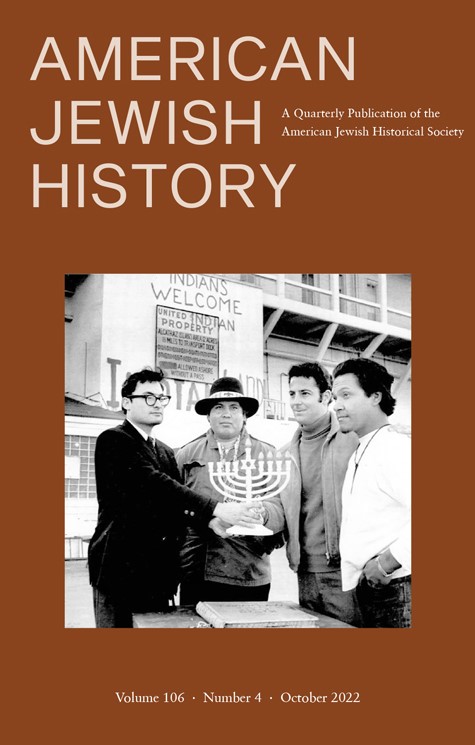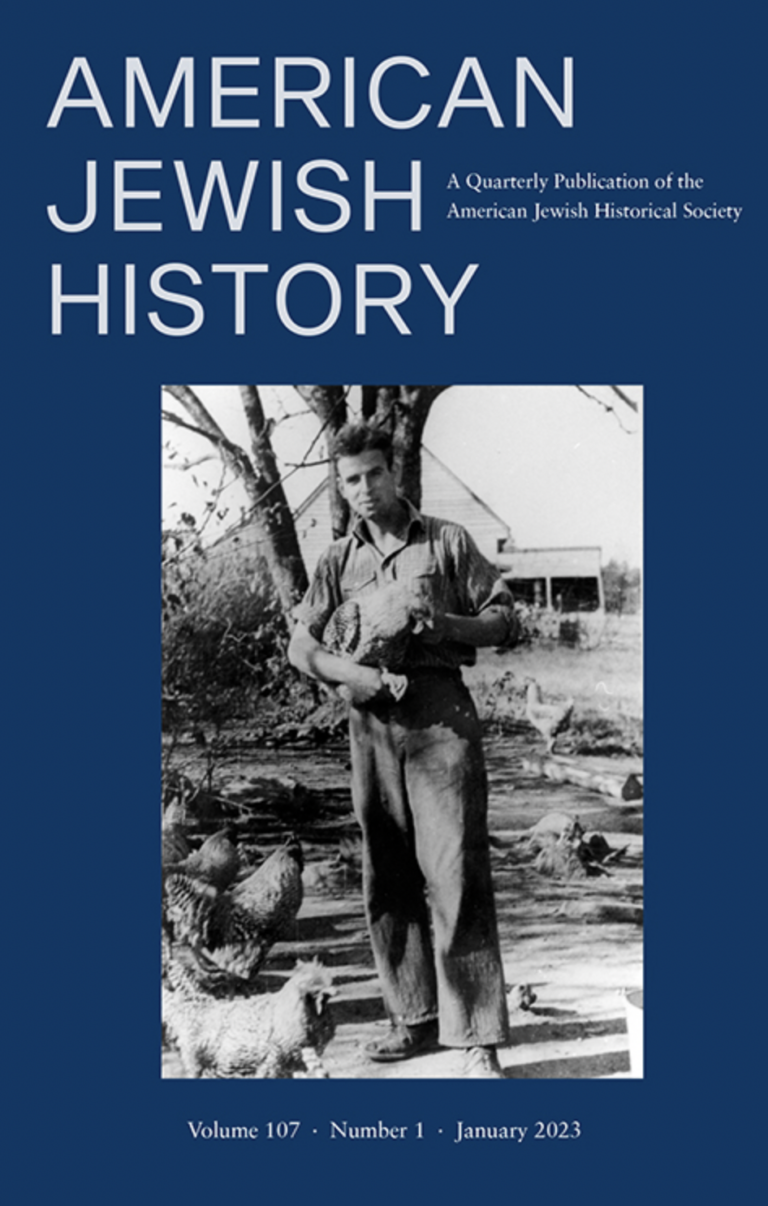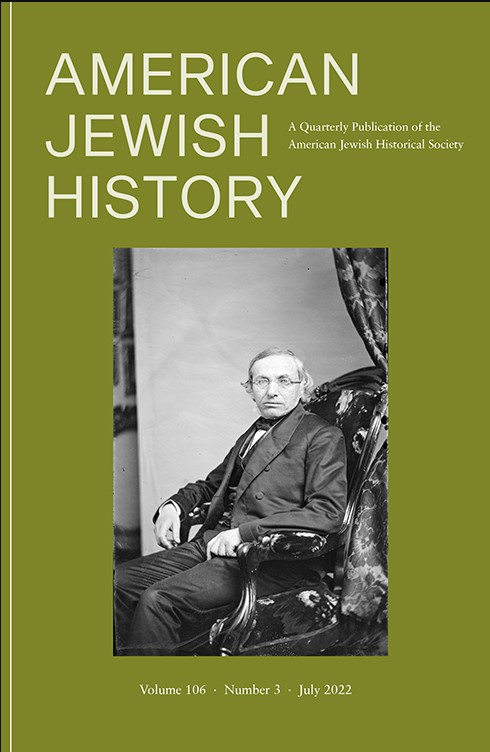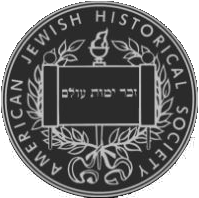
Dear American Jewish History readers,
Happy summer! Our new issue (Volume 106 no. 4) offers you a hot trio of essays and five book reviews, all with exciting new perspectives on the American Jewish past. Our volume index gives you the added benefit of passing through the relative cool of October 2022 en route to your reading! Rest assured that we are catching up to the present, slowly.
In Avery Weinman’s “Mutual Empowerment in the ‘Power Era,’” you’ll learn how Jewish and Native American self-empowerment groups developed parallel forms of social protest, and reinforced each other’s missions in the process. The issue’s cover image—of American Jewish Congress activists bringing a hanukkiah to the Indians of All Tribes occupation of Alcatraz on December 7, 1969—invites you into a detailed, meaningful, and fascinating narrative of young people seeking to assert their own identities as an indelible part of American history and contemporary culture.
Jeffrey Shandler puts up a mirror to our parent organization, taking us back to the American Jewish Historical Society’s efforts to tell the American Jewish story at the turn of the twentieth century. Shandler’s gripping account of the planned, but failed, “American Jewish Historical Exhibition” gives us insight into the ways that Jews collected and arranged material items into a historical narrative, while revisiting their motivations for self-presentation in an era of world’s fairs. While the exhibition itself never opened, Shandler notes, the conversations around it helped set the scene for a series of American Jewish exhibitions and museums in the decades to follow.
Last, Jonathan Friedmann’s essay “Sources of Jewish Music” offers a scintillating account of the extent to which musicologists categorized, and influenced, the sound of Jewish prayer in the second half of the twentieth century. At the center of Friedmann’s essay are two extraordinary personalities: the erudite, irascible, and ideologically purist Eric Werner; and Werner’s student, the spiritually passionate, intellectually astute, and pragmatic Cantor William Sharlin. Friedmann’s account of how each treated Werner’s musical ideas of “active and passive assimilation” offers a deep dive into “Jewish music”’s place in our large-scale views of Jewish history, including the idea what is and is not appropriate for spiritual communication.
This issue also features a moving tribute to the memory of our colleague and true mensch LeeShai Weissbach, written by Janice W. Fernheimer.
We encourage you to dive in, to experience, to learn, to remember, and to respond as we add a new chapter to the long and rich legacy of our society’s journal.







